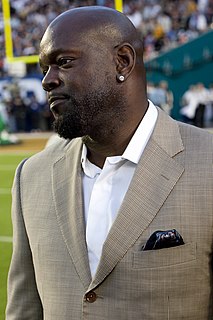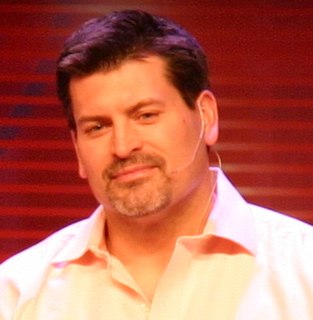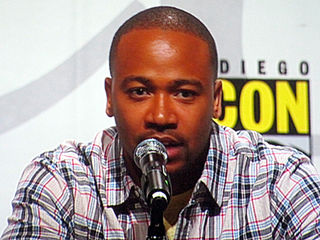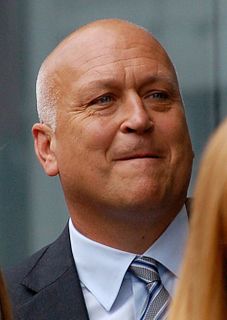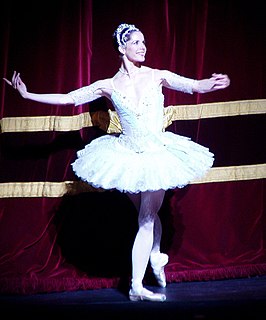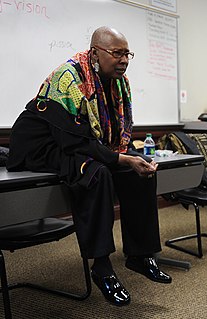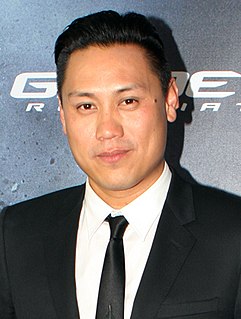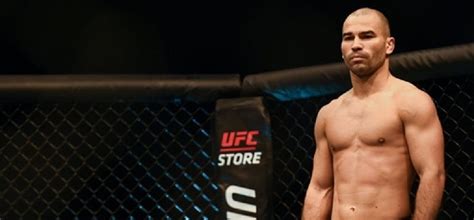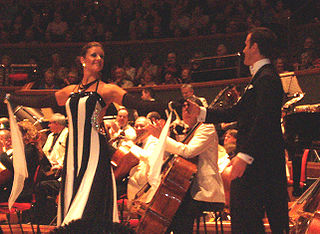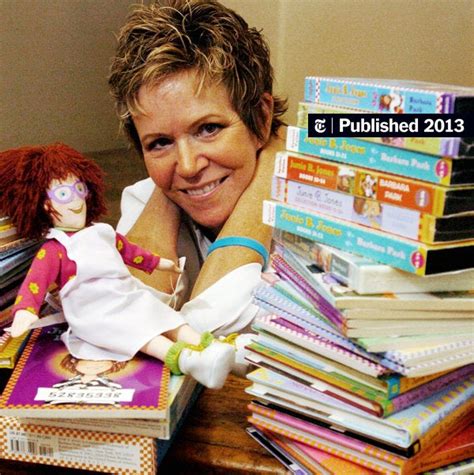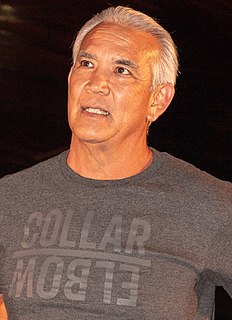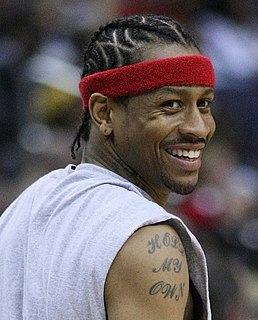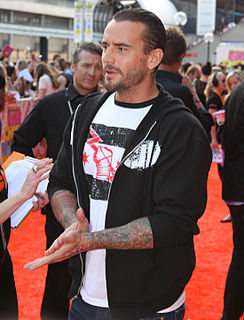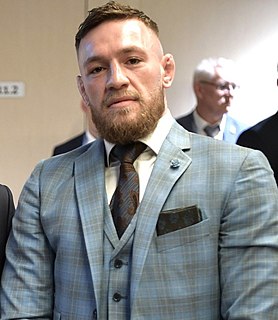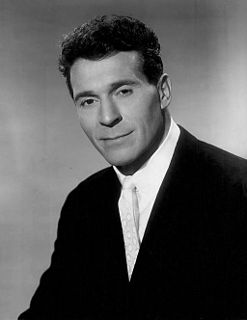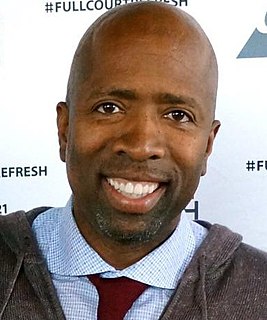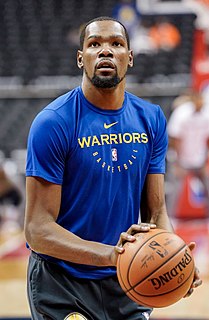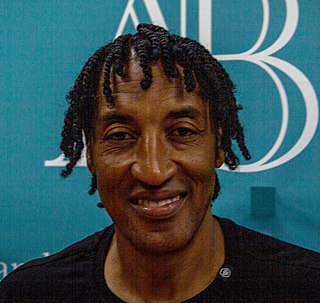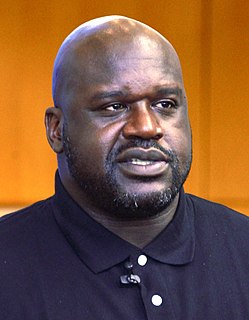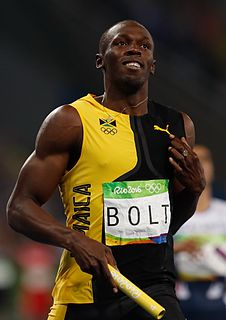A Quote by Emmitt Smith
As a former football player who has carried a football more than 4,000 times, trust me, I did not go into ballroom dancing with my body being 100 percent, with no aches or pains or ailments coming with me. When you're dancing, you're doing stuff that your body's not used to, and so you start to aggravate those old injuries.
Related Quotes
Growing up in the Soviet Union, ballroom dancing wasn't the coolest thing to do. But that probably made me tougher, because it wasn't an easy task to do ballroom dancing and not get bullied. And I never got bullied in my life, even though I changed to five secondary schools in three different countries.
I used to get upset with the word Bollywood, and what it means in the West. The stereotype of us being dancing, singing, puppet showgirls. Indians are nearly one fifth of the world's population; we have one of the most prolific film industries in the world. When people used to ask me about it, or replicate what they think is Bollywood dancing, thinking that they're being funny, I used to get offended. But now I show them the stuff we do.
